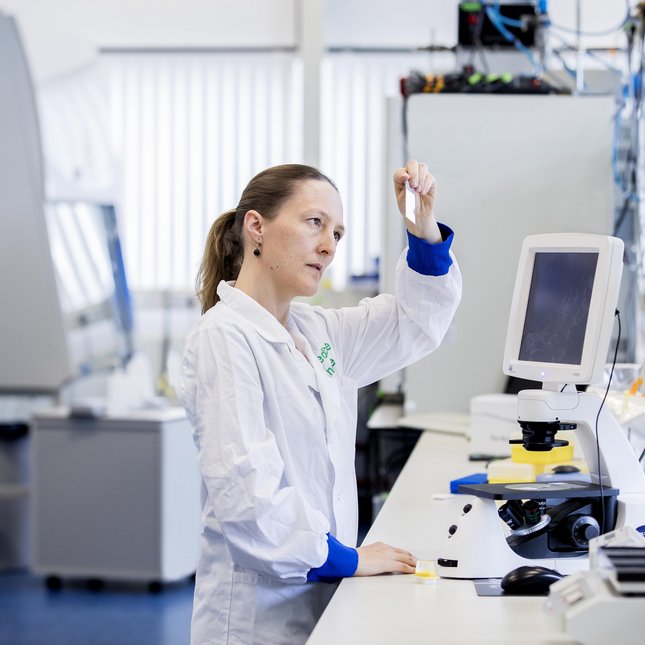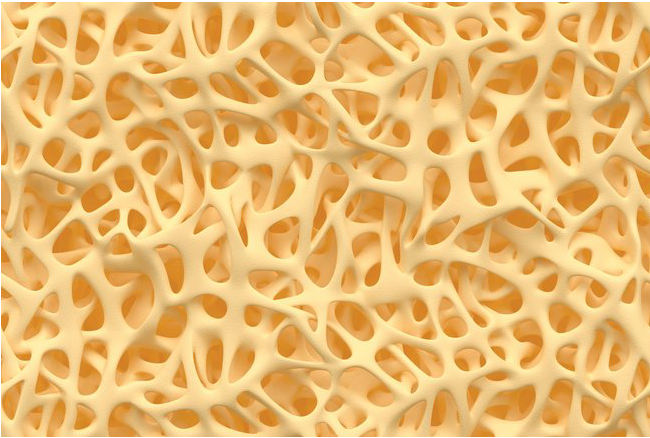Researchers of the Eindhoven University of Technology (TU / e) in Radboudumc have succeeded in growing a lifelike piece of bone tissue from human stem cells. This is the first ‘organoid’ made of bone, a simplified version of the original. The research was published this week in the magazine Advanced Functional Materials. The cultured bone is particularly suitable for testing and designing new treatments for bone disorders such as osteoporosis or osteogenesis imperfecta.
The scientists interweaved various bone cells into a so-called ‘organoid’. This mini-organ can independently make new, hard bone tissue. In the future, this will make it possible to tailor treatments very precisely to the patient.
A piece of bone tissue can be grown in a laboratory using stem cells from the bone marrow of a patient. Then doctors look at which drugs have the desired effect on those bones. That way, a treatment plan would be tailor-made for everyone.

–
Three types of cells play a major role in bone formation: osteoblasts (which build bone tissue), osteoclasts (which break down bone) and osteocytes (which regulate the build-up and breakdown of bone). “Most studies to date have focused on one of these types of cells. But that is not a good representation of real tissue, ”says Hofmann. “We present here a piece of grown bone that contains two of these types of cells: osteoblasts and osteocytes. We now see that we can only make lifelike bone with these two cell types. ”
Simplified representation
The fact that there is now a simplified representation of the formation of bone at the molecular level offers unprecedented possibilities, according to the researchers. “A bone consists of 99 percent collagen and minerals, and the rest is protein,” explains Professor Nico Sommerdijk of Radboudumc. “What is the role of those proteins? How do they support bone formation? Never before have we been able to view the milestones of this process at a molecular level. ”
This gives them a direct access to painful bone problems such as ‘brittle bone disease’ and to investigate the possible treatments. “Remember, the origins of many conditions are at the molecular level – and so is the treatment,” Akiva says. “In fact, we now have a simple system in a reliable environment in which we can poke and watch how the bone cells respond to the stimuli we give.”
read here the original publication.
Also interesting: “Something broken in your body? Then the doctor will make a new organ or bone.
–


